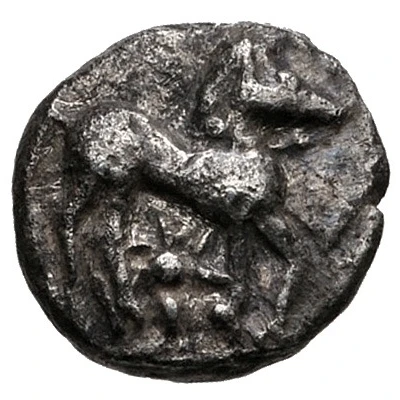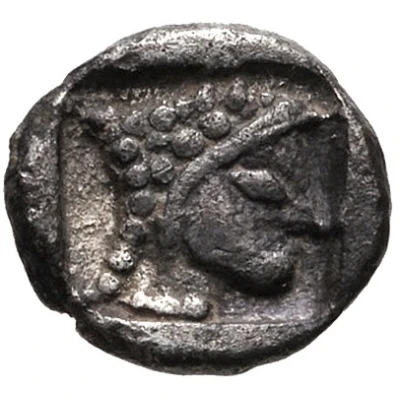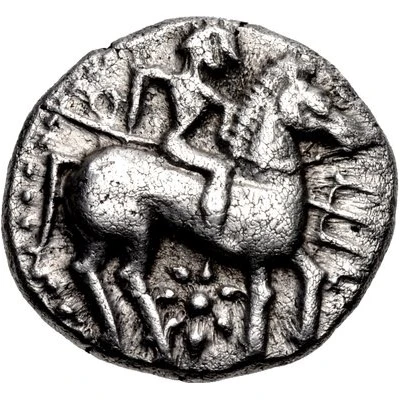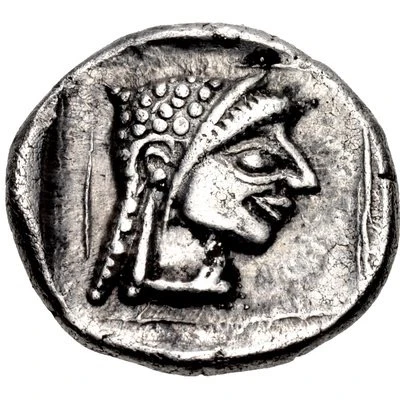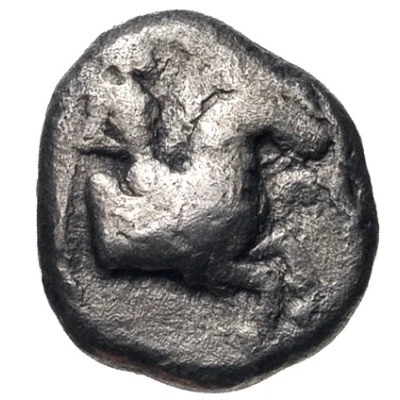
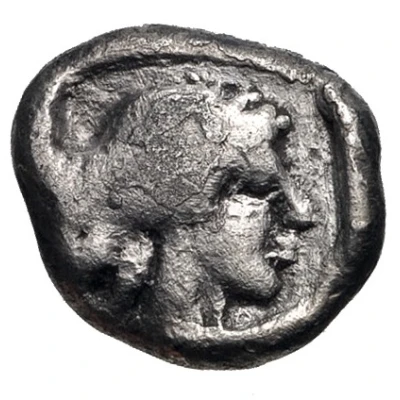

© Classical Numismatic Group, Inc.
Diobol 450 BC - 432 BC
| Silver | 1.22 g | 9.0 mm |
| Issuer | Potidaia (Macedon) |
|---|---|
| Type | Standard circulation coin |
| Years | 450 BC - 432 BC |
| Value | Diobol (⅓) |
| Currency | Drachm |
| Composition | Silver |
| Weight | 1.22 g |
| Diameter | 9.0 mm |
| Shape | Round (irregular) |
| Technique | Hammered, Incuse |
| Demonetized | Yes |
| Updated | 2024-10-10 |
| Numista | N#178523 |
|---|---|
| Rarity index | 100% |
Reverse
Head of nymph right within incuse square
Interesting fact
The Diobol coin was used as a form of currency in ancient Greece, specifically in the city-state of Potidaia in Macedon. It was made of silver and weighed approximately 1.22 grams. Despite its small size, the Diobol was an important coin in its time and was used for everyday transactions. It features an image of a youthful male figure on one side and a quadripartite incuse on the other. The Diobol coin is a valuable piece of history for numismatists and collectors today, offering a glimpse into the economic and cultural practices of ancient Greece.
